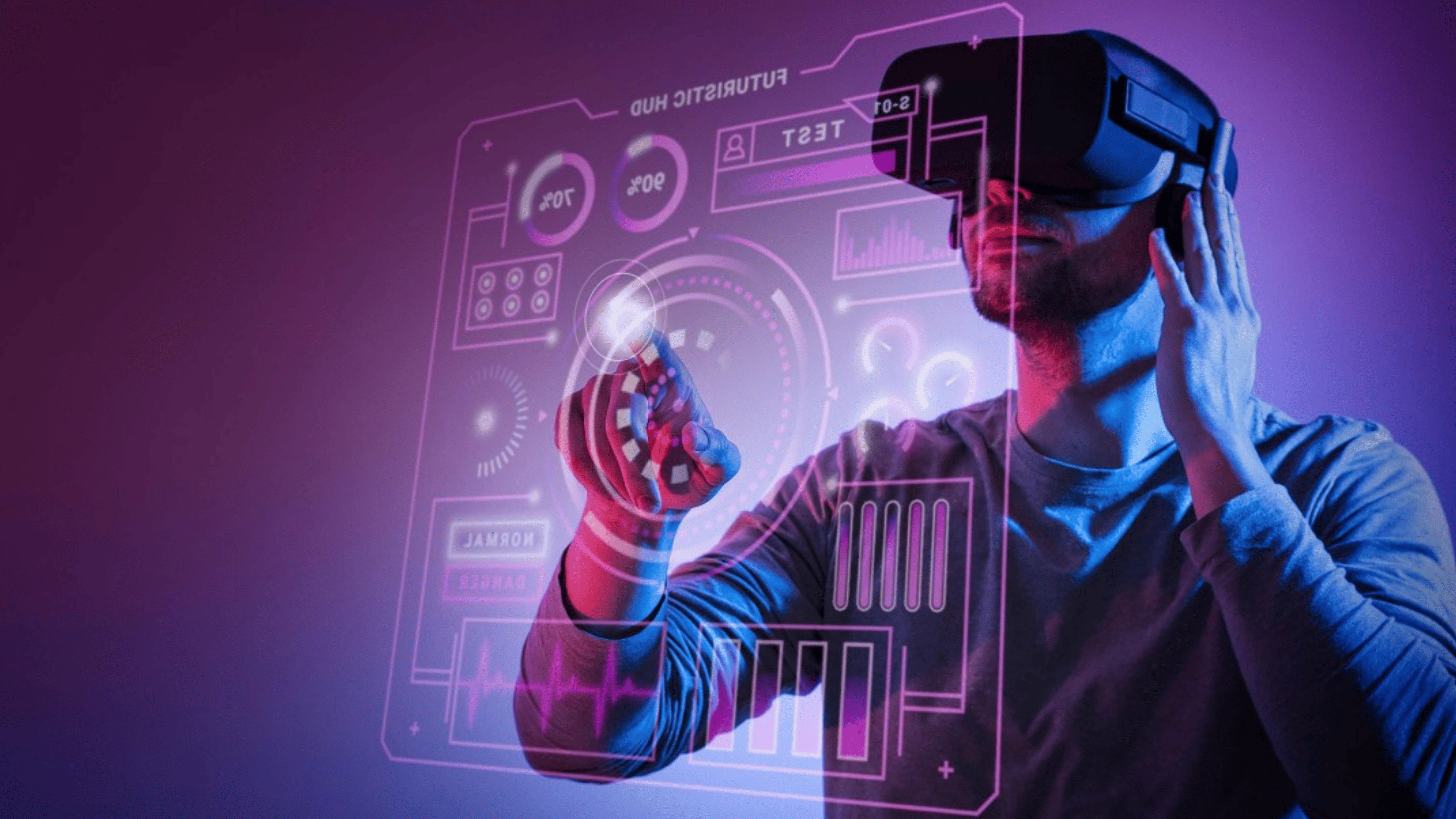Augmented Reality (AR) and Virtual Reality (VR) are no longer just futuristic concepts; they’ve already started shaping our world. While their use in gaming and entertainment has been quite prominent, another field that these immersive technologies are starting to revolutionize is digital marketing. By enabling brands to create engaging and interactive experiences, AR and VR technologies have opened up new avenues for marketers to connect with consumers and deliver high-value messages.
Understanding AR and VR
Before diving into how AR and VR are transforming digital marketing, let’s quickly understand what these technologies entail.
Augmented Reality (AR): AR overlays virtual elements onto our real-world environment. It enhances the existing reality with computer-generated enhancements such as images, sounds, or other data. Examples of AR technology include Snapchat filters and the popular mobile game, Pokémon Go.
Virtual Reality (VR): VR creates a completely immersive digital environment that shuts out the physical world. Using VR devices such as Oculus Rift or Google Cardboard, users can be transported into a number of real-world and imagined environments.
AR and VR in Digital Marketing
AR and VR technologies can fundamentally change the way consumers interact with brands, making experiences more interactive and memorable. Here’s how:
Product Visualizations: AR enables customers to visualize products in their real-world environment before making a purchase. Furniture retailers like IKEA, for instance, use AR to let customers see how a piece of furniture would look and fit in their own home.
Virtual Showrooms and Stores: VR can create immersive virtual showrooms that enable customers to explore products in detail without leaving their homes. Audi, for example, offers a VR experience where customers can personally configure their dream car and look at it from every angle.
Interactive Advertisements: AR and VR can turn static ads into interactive experiences. For example, Pepsi Max created an unforgettable AR experience at a London bus stop, where the real world was invaded by a variety of surreal scenarios, from an alien invasion to a roaring tiger.
Enhanced Customer Experience: VR can be used to deliver unique customer experiences that can’t be replicated in the physical world. Marriott Hotels used VR to transport their guests to exotic locations like the beaches of Hawaii or downtown London.
Training and Education: Both AR and VR can be used in training and education to provide immersive, real-world scenarios that enhance learning. This can be used in content marketing to provide valuable content that educates consumers about a product or a related topic.
Challenges and the Way Forward
While AR and VR offer immense opportunities, marketers also face certain challenges. High development costs, the need for specialized hardware, and the novelty of the technology, leading to a learning curve for users, are among the key hurdles. However, as technology advances and becomes more accessible, it’s expected that these challenges will diminish.
Marketers must remain up-to-date with these technologies and consider how they can be integrated into their digital marketing strategy. Though it might not be applicable for every business, those that can find creative ways to leverage AR and VR stand to gain significant competitive advantages. The immersive nature of AR and VR technologies has the potential to create more engaging, memorable brand experiences, drive conversions, and forge stronger customer relationships.
The use of AR and VR in digital marketing represents a shift towards creating more interactive and personalized customer experiences. While these technologies are still relatively new in the marketing landscape, they hold enormous potential. Marketers who begin exploring these technologies today will be better positioned to leverage their full power as they become more mainstream in the future. It’s an exciting time for digital marketing, and AR and VR are at the forefront of this new frontier.



